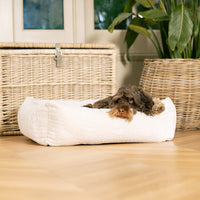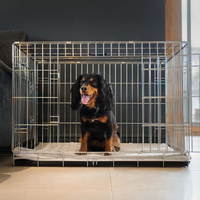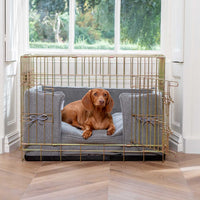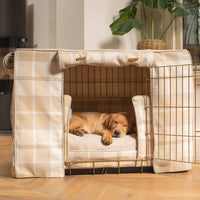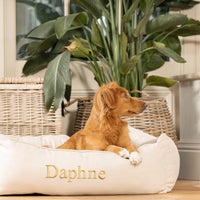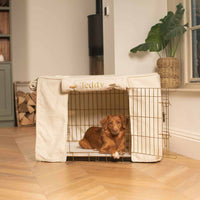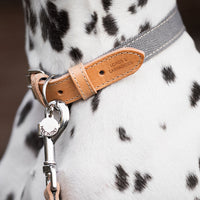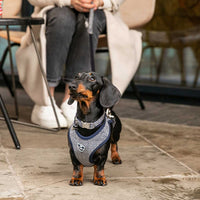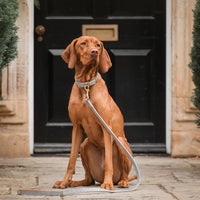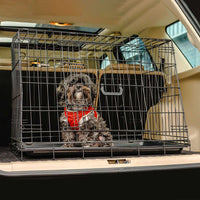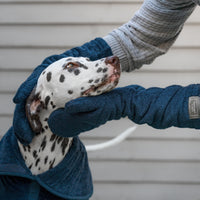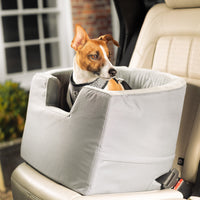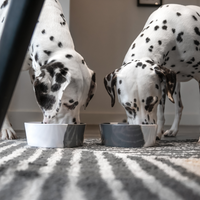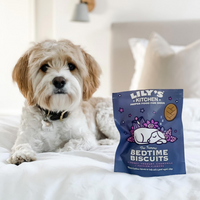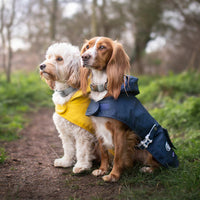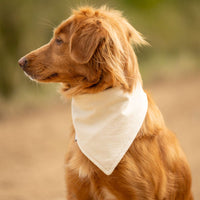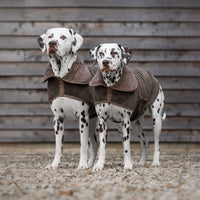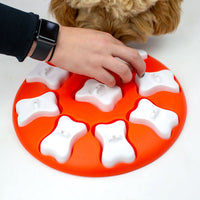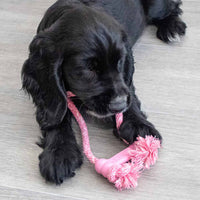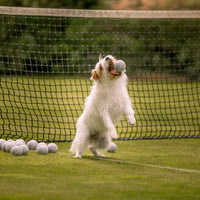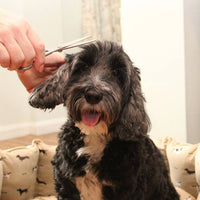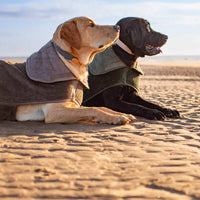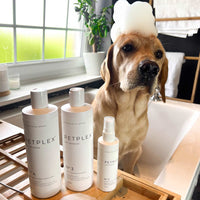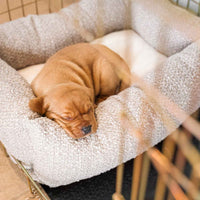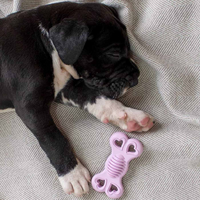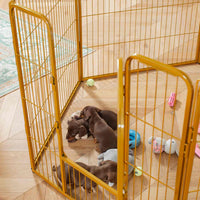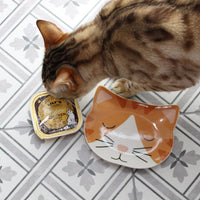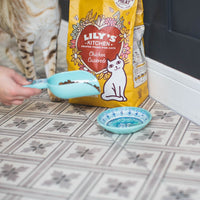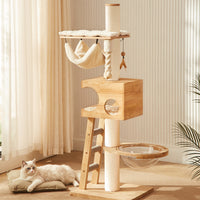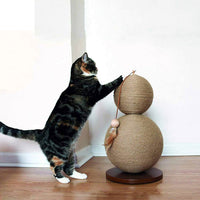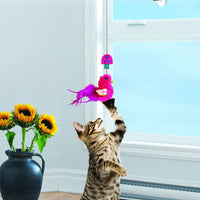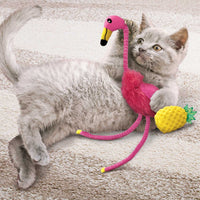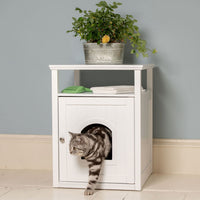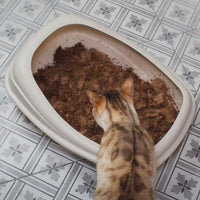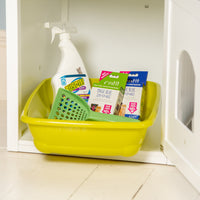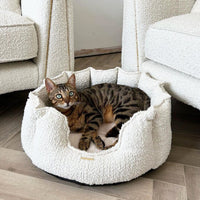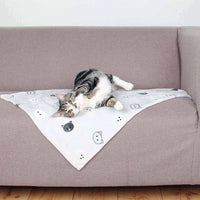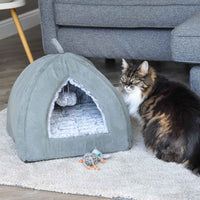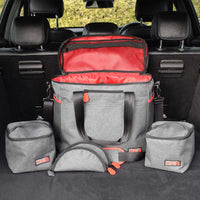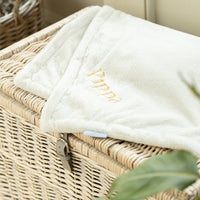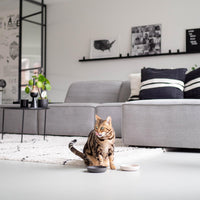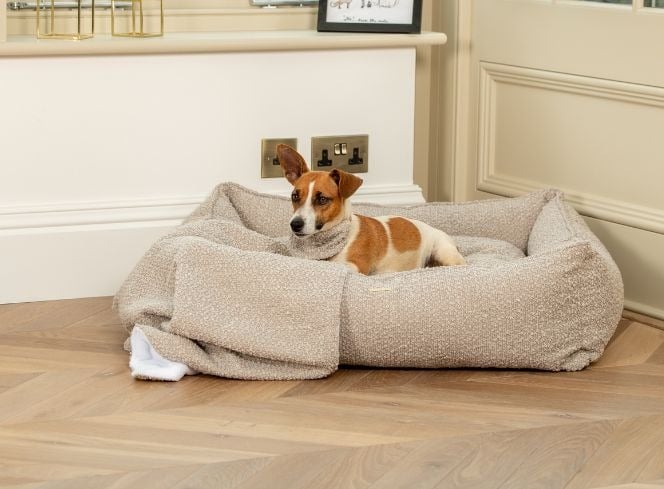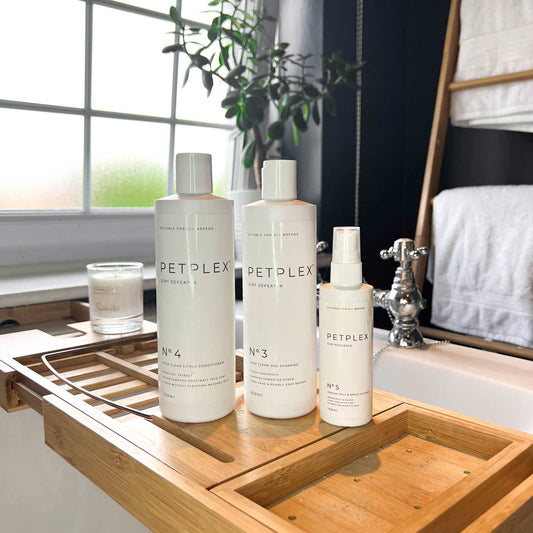Jack Russells, with their boundless energy and undeniable charm, have captured the hearts of dog lovers around the world. If you're considering adding one of these spirited companions to your family or already have one by your side, this ultimate guide is your go-to resource for everything you need to know about Jack Russells – from their personality quirks to their health needs and training tips.
Jack Russell Facts and Information
Developed in England in the 19th century, Jack Russells were bred for fox hunting by Reverend John Russell. They were prized for their agility, intelligence, and ability to pursue foxes underground.
Jack Russell Fact File
| Kennel Club Breed Group | Terrier |
| Size | Small |
| Daily Exercise | 1+ hours daily |
| Coat Type | Smooth or rough short coat |
| Coat Colours | White With Black Markings, White With Black/Tan Markings, White With Tan Markings |
| Lifespan | 10+ years |
Jack Russell Personality and Traits
One of the most endearing qualities of Jack Russells is their lively and outgoing personality. They are highly intelligent and thrive on mental stimulation and physical activity. Jack Russells are also known for their strong prey drive, which can sometimes lead to chasing behaviour, especially towards smaller animals.
Their tenacious nature and bold demeanour make them excellent watchdogs, but it's essential to provide proper socialisation from an early age to prevent any aggression or excessive barking tendencies.
Jack Russell Health Issues
While Jack Russells are generally healthy dogs, like all breeds, they are prone to certain health issues. These may include:
- Patellar Luxation: A condition where the kneecap slips out of place.
- Legg-Calve-Perthes Disease: A degenerative disease affecting the hip joint.
- Lens Luxation: Dislocation of the eye lens.
- Deafness: Some Jack Russells may be prone to deafness, especially those with a predominantly white coat.
Regular veterinary check-ups, a balanced diet, and maintaining a healthy weight are crucial for keeping your Jack Russell in optimal health.
Raising a Jack Russell
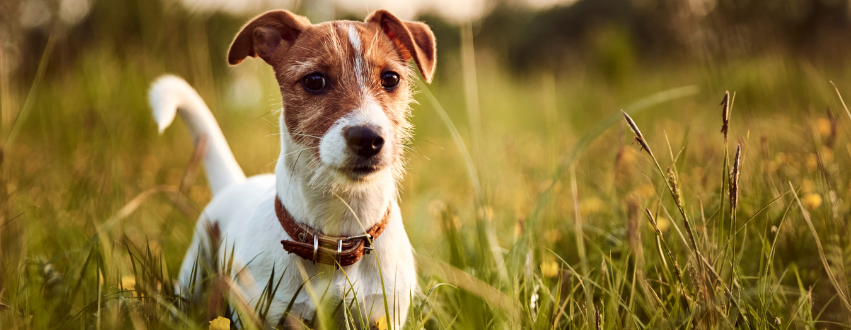
Raising a Jack Russell requires patience, consistency, and plenty of love. Here are some essential tips for nurturing a happy and well-adjusted Jack Russell puppy:
- Socialisation: Introduce your Jack Russell to various people, environments, and other animals early on to help them develop positive social skills.
- Training: Start training early using positive reinforcement techniques. Jack Russells respond well to praise and rewards.
- Exercise: Provide ample opportunities for exercise and mental stimulation to prevent boredom and destructive behaviour.
Jack Russell Training Tips
Training a Jack Russell can be both rewarding and challenging due to their independent nature. Here are some training tips to help you establish a strong bond with your Jack Russell:
- Consistency: Be consistent with commands and expectations.
- Positive Reinforcement: Use treats, praise, and toys to motivate and reward desired behaviours.
- Patience: Jack Russells can be stubborn, so patience is key during training sessions.
Jack Russell House Training and Obedience
House training and teaching obedience commands are essential aspects of raising a well-behaved Jack Russell. Here are some tips for house training and fostering obedience in your Jack Russell:
- Establish a Routine: Stick to a consistent schedule for feeding, bathroom breaks, and training sessions.
- Use a Crate: Crate training can help with housebreaking and provide a safe space for your Jack Russell when unsupervised. It also will help your Jack Russell to sleep through the night if you make their crate a cosy safe den for them. Our crate training guide has everything you need to know about how to set up the perfect crate and how to crate train your Jack Russell puppy.
- Positive Reinforcement: Reward good behaviour and ignore or redirect unwanted behaviour.
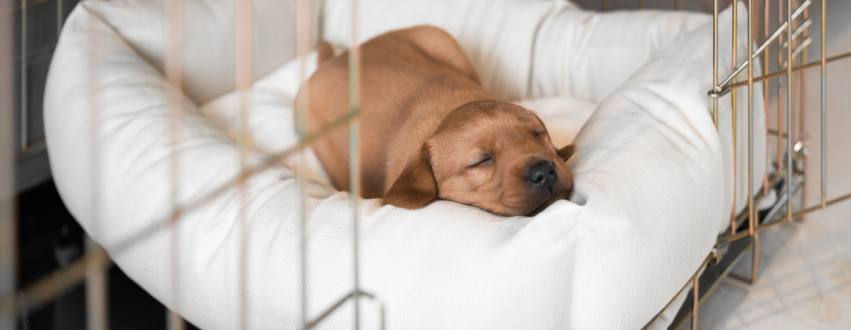
How Much Exercise Does a Jack Russell Need?
Jack Russells have high energy levels and require plenty of exercise to stay happy and healthy. On average, they need at least an hour of vigorous exercise every day. This can include walks, playtime, and interactive games that stimulate both their body and mind.
Best Walking Accessories for a Jack Russell
Investing in the right walking accessories can enhance your Jack Russell's outdoor adventures. For a sturdy harness look at the Ruffwear front range harnesses, they help to distribute pressure if your Jack Russell is prone to pulling. For a good quality collar and lead our Twill walking sets are perfect, they are handmade in Italy and come in three beautiful colours.
Best Food for a Jack Russell
A well-balanced diet is essential for your Jack Russell's overall health and well-being. Choose high-quality dog food formulated for small breeds and monitor their portion sizes to prevent obesity. We recommend looking at brands like Carnilove, Acana and Orijen, they are all rich in protein and nutrients so are great for keeping your Jack Russell healthy.
Best Dog Bed for a Jack Russell
Provide your Jack Russell with a cosy, supportive bed for quality rest and relaxation. Our Jack Russell’s love a high wall bed, it helps them feel cosy and safe when they’re sleeping.

Best Toys for a Jack Russell
When it comes to toys, opt for interactive toys that challenge their problem-solving skills, like the Nina Ottosson toys which are lots of fun. They will also love durable chew toys to satisfy their natural urge to gnaw, our Jack Russells love the Gnosher toys to chew on.
Jack Russell Grooming Tips and Products
Despite their short coat, Jack Russells require regular grooming to keep them looking and feeling their best. Brush them weekly to remove loose hair and prevent matting. Additionally, trim their nails, clean their ears, and brush their teeth regularly to maintain optimal hygiene.
If your Jack Russells are anything like ours they will go in every muddy puddle on their walks so a good quality shampoo is a must, the PetPlex dirt defeater is our go to because we love the tropical scent!
In conclusion, Jack Russells are spirited, intelligent, and affectionate companions that bring joy and excitement to any household. By understanding their unique personality traits, addressing their health needs, and providing proper training and care, you can forge a deep and lasting bond with your Jack Russell for years to come.
Shop all of our top Jack Russell picks in our personalised collection here.


